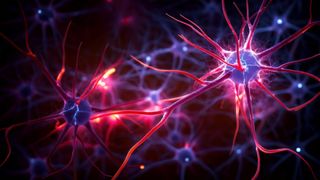DNA and Genes
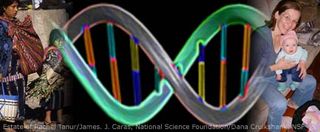
Genes are the blueprints of life. Genes control everything from hair color to blood sugar by telling cells which proteins to make, how much, when, and where. Genes exist in most cells. Inside a cell is a long strand of the chemical DNA (deoxyribonucleic acid). A DNA sequence is a specific lineup of chemical base pairs along its strand. The part of DNA that determines what protein to produce and when, is called a gene.
First established in 1985 by Sir Alec Jeffreys, DNA testing has become an increasingly popular method of identification and research. The applications of DNA testing, or DNA fingerprinting within forensic science is often what most people think of when they hear the phrase. Popularized by television and cinema, using DNA to match blood, hair or saliva to criminals is one purpose of testing DNA. It is also frequently used for other benefits, like wildlife studies, paternity testing, body identification, and in studies pertaining to human dispersion.While most aspects of DNA are identical in samples from all human beings, concentrating on identifying patterns called microsatellites reveals qualities specific and unique to the individual. During the early stages of this science, a DNA test was performed using an analysis called restriction fragment length polymorphism. Because this process was extremely time consuming and required a great deal of DNA, new methods like polymerase chain reaction and amplified fragment length polymorphism have been employed.The benefits of DNA testing are ample. In 1987, Colin Pitchfork became the first criminal to be caught as a result of DNA testing. The information provided with DNA tests has also helped wrongfully incarcerated people like Gary Dotson and Dennis Halstead reclaim their freedom.
Latest about Genetics

Natural selection is unfolding right now in these remote villages in Nepal
By Emily Cooke published
Physiological traits that help Tibetan women survive at high altitudes are being selected for within the population, meaning they may be becoming more common, new research hints.
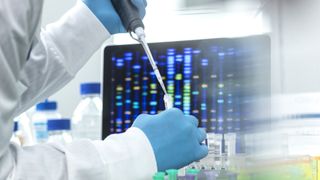
How forensic DNA analysis can falsely link people to crime scenes
By Patrick Pester published
Researchers have found that forensic "DNA mixture analysis" is less accurate for certain groups of people with lower genetic diversity, which could falsely link them to crime scenes.

Parents who have this gene may be more likely to have a girl
By Emily Cooke published
A large new analysis suggests that some people carry genetic variants that make them more likely to have female than male offspring.

Melatonin disruption tied to early-onset osteoporosis, new study suggests
By Emily Cooke published
A genetic analysis suggests that rare cases of early onset osteoporosis may be partly caused by disruptions to the function of the hormone melatonin.
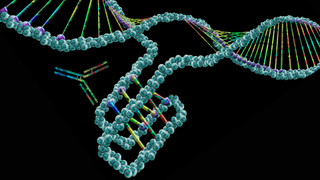
50,000 'knots' scattered throughout our DNA control gene activity
By Emily Cooke published
The mapping of 50,000 mysterious "knots" in the human genome may someday lead to the development of new cancer drugs, researchers say.
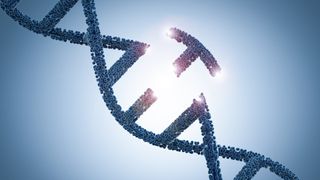
CRISPR could soon be used to edit fetal DNA — are we ready?
By Julia Brown published
Medical anthropologist and bioethicist Julia Brown says scientists and nonscientists need to talk about whether and how we should use CRISPR to edit the fetal genome.
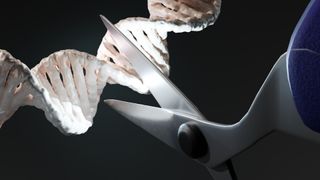
'Enhancing' future generations with CRISPR is a road to a 'new eugenics,' says ethicist Rosemarie Garland-Thomson
By Rosemarie Garland-Thomson published
"Eugenics seeks to improve by eliminating the characteristics considered at a particular time and place to be disadvantages and to maximize those considered normal."
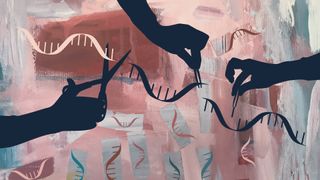
'Who are we to say they shouldn't exist?': Dr. Neal Baer on the threat of CRISPR-driven eugenics
By Nicoletta Lanese published
Dr. Neal Baer discusses a new book about the incredible promise and potential pitfalls of CRISPR gene-editing technology.
Sign up for the Live Science daily newsletter now
Get the world’s most fascinating discoveries delivered straight to your inbox.

